Unlocking the Power of "Why": Crafting Compelling Product Narratives for Your Ideal Customer
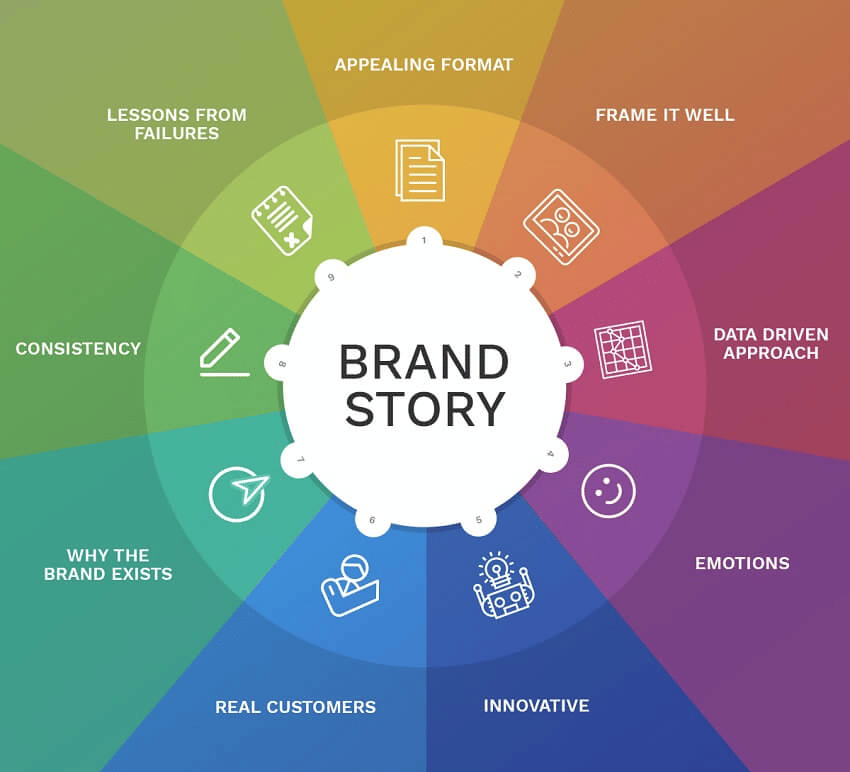
As an interior design expert and architect, I’ve spent years translating blueprints into beautiful, functional spaces. But the most rewarding part of my work is helping people understand the "why" behind their design choices. It’s not just about picking pretty colors or trendy furniture; it’s about creating spaces that reflect their lifestyle, values, and aspirations.
This same principle applies to selling any product or service. You need to go beyond simply listing features and instead focus on the benefits those features deliver to your ideal customer. This is where the magic of storytelling comes in.
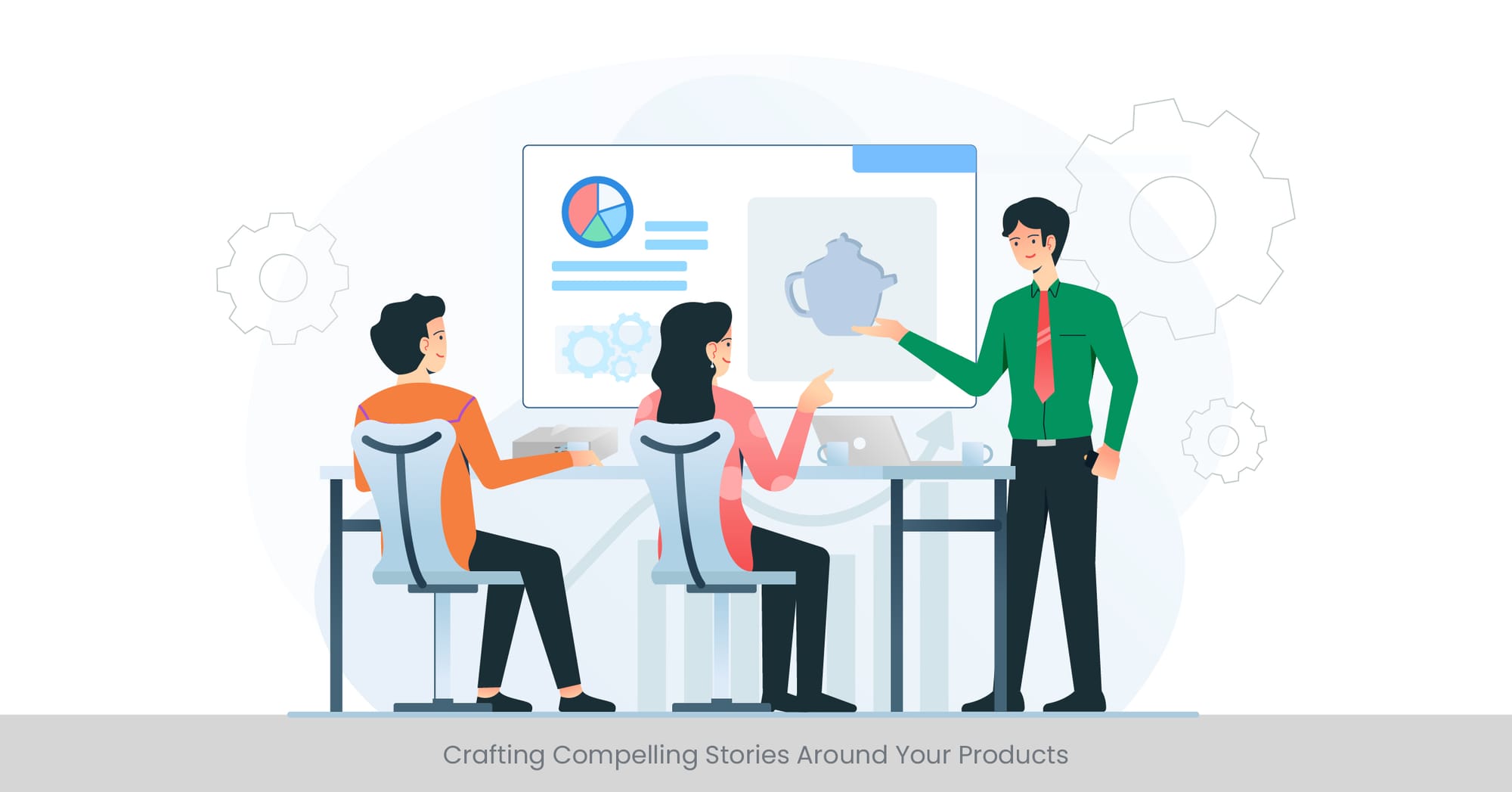
Understanding Your Ideal Customer: The Foundation of Your Narrative
Before we dive into crafting compelling narratives, we need to understand who your ideal customer is. This is your customer persona, a detailed profile that encompasses their:
- Demographics: Age, gender, location, income, education level, family status.
- Psychographics: Values, interests, lifestyle, hobbies, aspirations, pain points.
- Buying Behavior: How they research products, where they shop, their budget, their decision-making process.
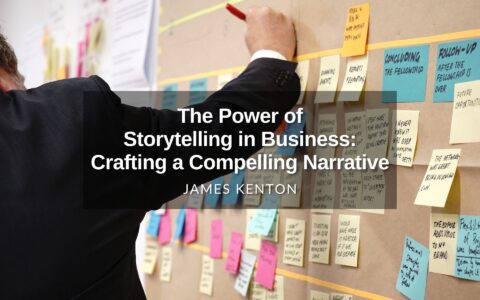
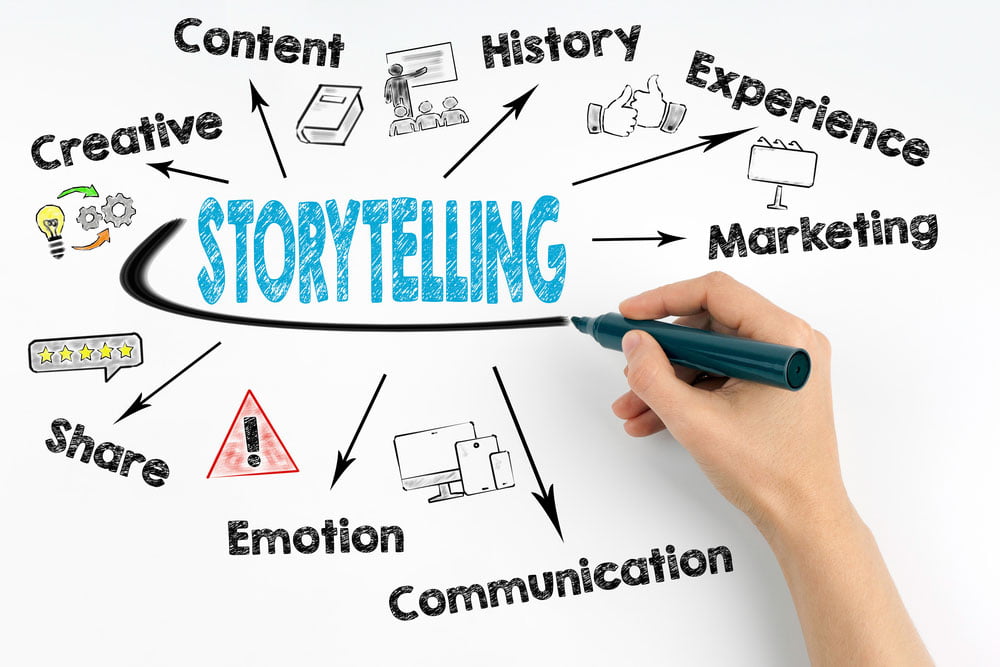
Once you have a clear picture of your ideal customer, you can start crafting narratives that resonate with their needs and desires.

The Power of "Why": Connecting Features to Benefits
The key to effective product marketing is to bridge the gap between features and benefits. Features are the technical aspects of your product or service, while benefits are the tangible and intangible advantages your customer receives from using it.
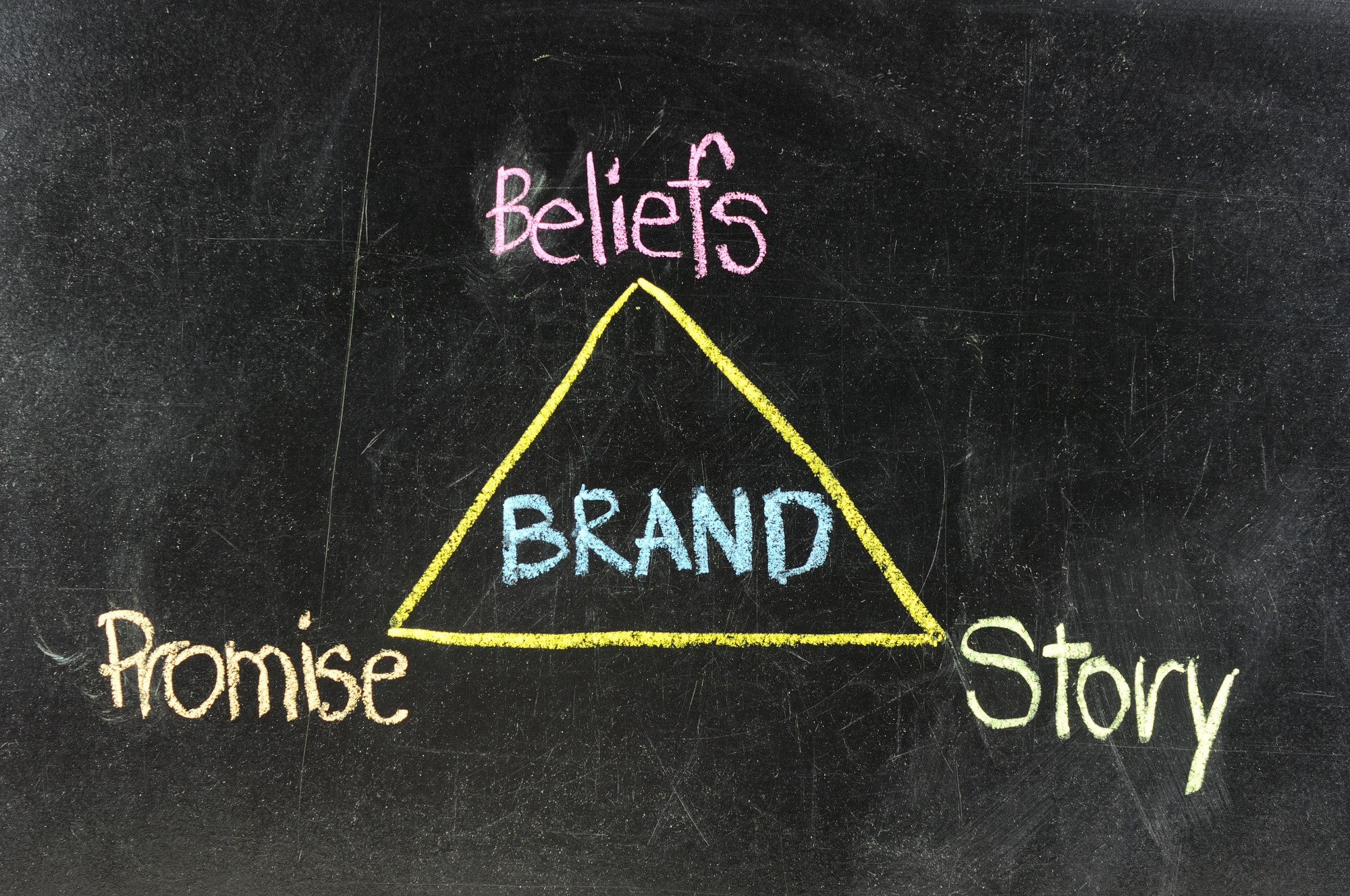
Here’s a simple framework:
- Feature: "Our software has a user-friendly interface."
- Benefit: "You can easily navigate our software and complete tasks efficiently, saving you time and effort."

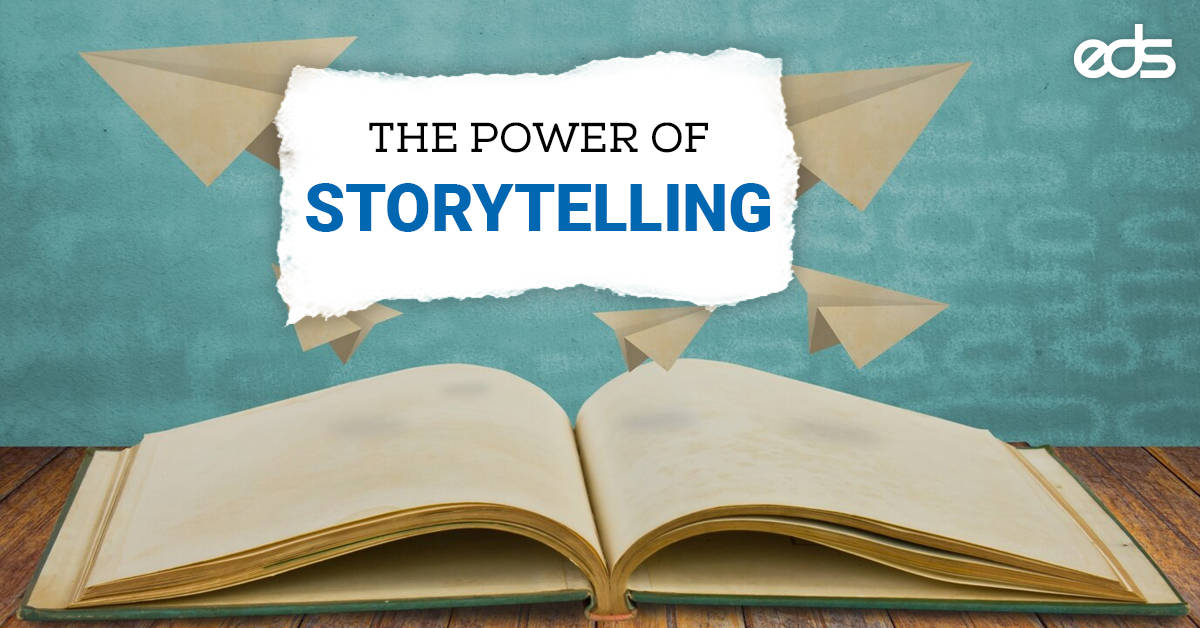

Here are some key areas to focus on when highlighting features and benefits:
1. Pain Points and Solutions:
- Identify your ideal customer’s pain points: What problems are they facing in their daily lives or work? What are their frustrations?
- Position your product or service as the solution: How does your product address these pain points and make their lives easier?

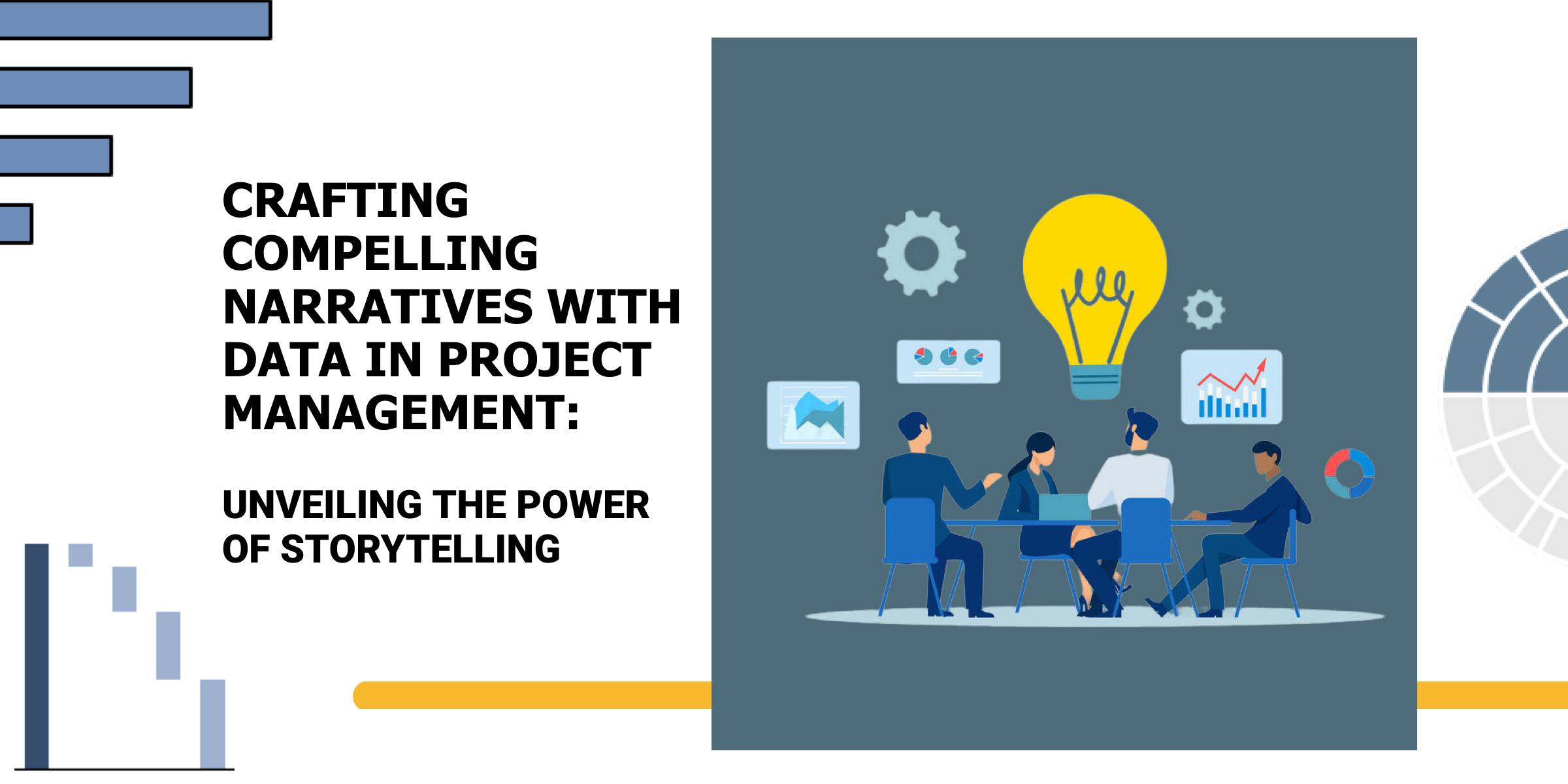
Example:
- Pain Point: "I struggle to keep my home organized and clutter-free."
- Solution: "Our smart storage system provides a streamlined and efficient way to organize your belongings, freeing up valuable space and reducing stress."


2. Lifestyle and Aspirations:
- Connect your product to your customer’s lifestyle: How does your product enhance their daily routines or help them achieve their goals?
- Appeal to their aspirations: Does your product offer a sense of luxury, convenience, or personal growth?
Example:
- Lifestyle: "You’re a busy professional who values quality time with your family."
- Solution: "Our meal delivery service provides healthy, delicious meals delivered to your doorstep, saving you time and allowing you to focus on what matters most."
3. Emotional Connection:
- Appeal to your customer’s emotions: How does your product make them feel? Does it evoke feelings of joy, confidence, or security?
- Create a story that resonates: Use storytelling to connect with your customer on a personal level and build trust.
Example:
- Emotion: "You want to feel confident and stylish when you walk into a room."
- Solution: "Our clothing line is designed to empower you with timeless pieces that make you feel your best, inside and out."
4. Unique Selling Proposition (USP):
- Highlight what makes your product or service unique: What sets you apart from the competition?
- Focus on your key differentiators: What are the unique features or benefits that your customers value most?
Example:
- USP: "We offer a personalized interior design service that combines cutting-edge technology with traditional craftsmanship."
- Benefit: "You receive a custom-designed space that reflects your unique style and meets your specific needs."
Crafting Compelling Narratives: A Practical Guide
Now that you understand the importance of connecting features to benefits, let’s explore some practical tips for crafting compelling narratives that resonate with your ideal customer:
1. Start with a Hook:
- Grab your audience’s attention from the start: Use a compelling question, a surprising statistic, or a relatable anecdote.
- Create a sense of urgency or intrigue: Make your audience want to learn more.
Example:
- Hook: "Tired of feeling overwhelmed by clutter? Imagine a home that’s both stylish and functional, where everything has its place."
2. Tell a Story:
- Use storytelling to connect with your audience on an emotional level: Share relatable experiences, case studies, or customer testimonials.
- Focus on the "before" and "after" of using your product or service: Show how it transforms your customer’s life.
Example:
- Story: "Sarah was struggling to create a welcoming and functional space in her small apartment. After working with our interior design team, she transformed her home into a stylish and comfortable oasis that she loves spending time in."
3. Use Visuals:
- Images, videos, and infographics can help bring your product to life: Show your product in action and highlight its key features.
- Use high-quality visuals that appeal to your target audience: Consider their aesthetic preferences and lifestyle.
Example:
- Visuals: Use high-resolution photos of your product in real-life settings, showcasing its functionality and style.
4. Use Testimonials and Reviews:
- Social proof is powerful: Share positive reviews and testimonials from satisfied customers.
- Let your customers speak for you: Their authentic experiences can build trust and credibility.
Example:
- Testimonial: "I was so impressed with the level of service and expertise I received from [company name]. They helped me create a dream kitchen that exceeded my expectations."
5. Call to Action:
- Tell your audience what you want them to do: Encourage them to visit your website, sign up for a newsletter, or make a purchase.
- Make it easy for them to take action: Provide clear instructions and links.
Example:
- Call to Action: "Visit our website today to learn more about our products and schedule a free consultation."
Remember:
- Keep it concise and engaging: Focus on the key benefits and avoid technical jargon.
- Tailor your message to your ideal customer: Use language and imagery that resonates with their interests and values.
- Test and refine your narratives: Track your results and make adjustments as needed.
By focusing on the "why" behind your product and crafting compelling narratives that connect with your ideal customer, you can unlock the power of effective product marketing and achieve your sales goals.

